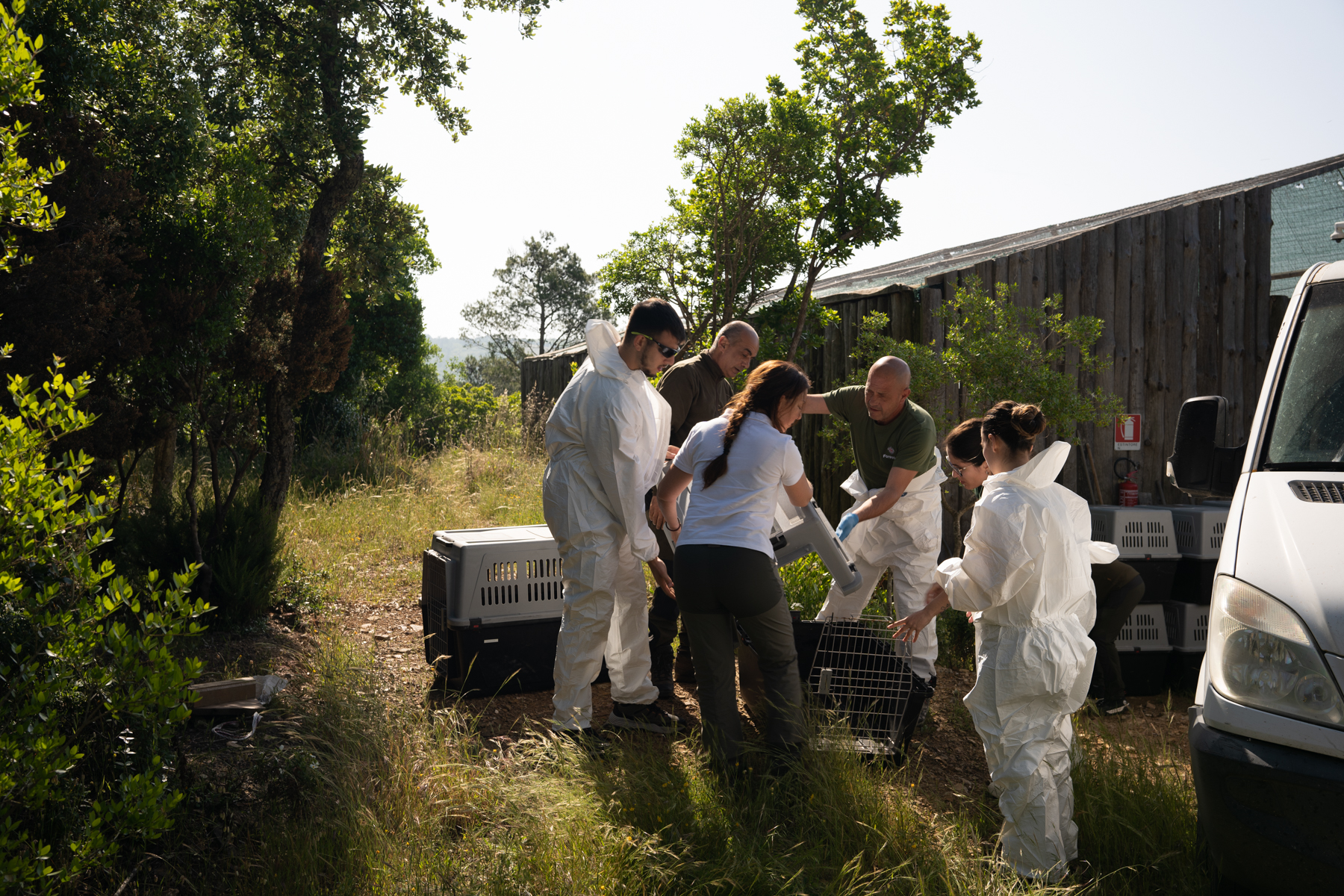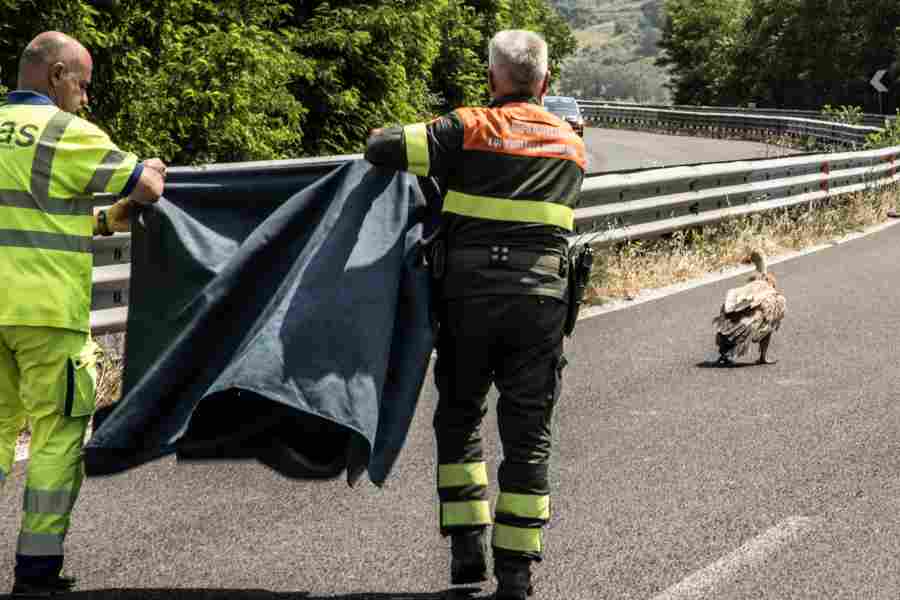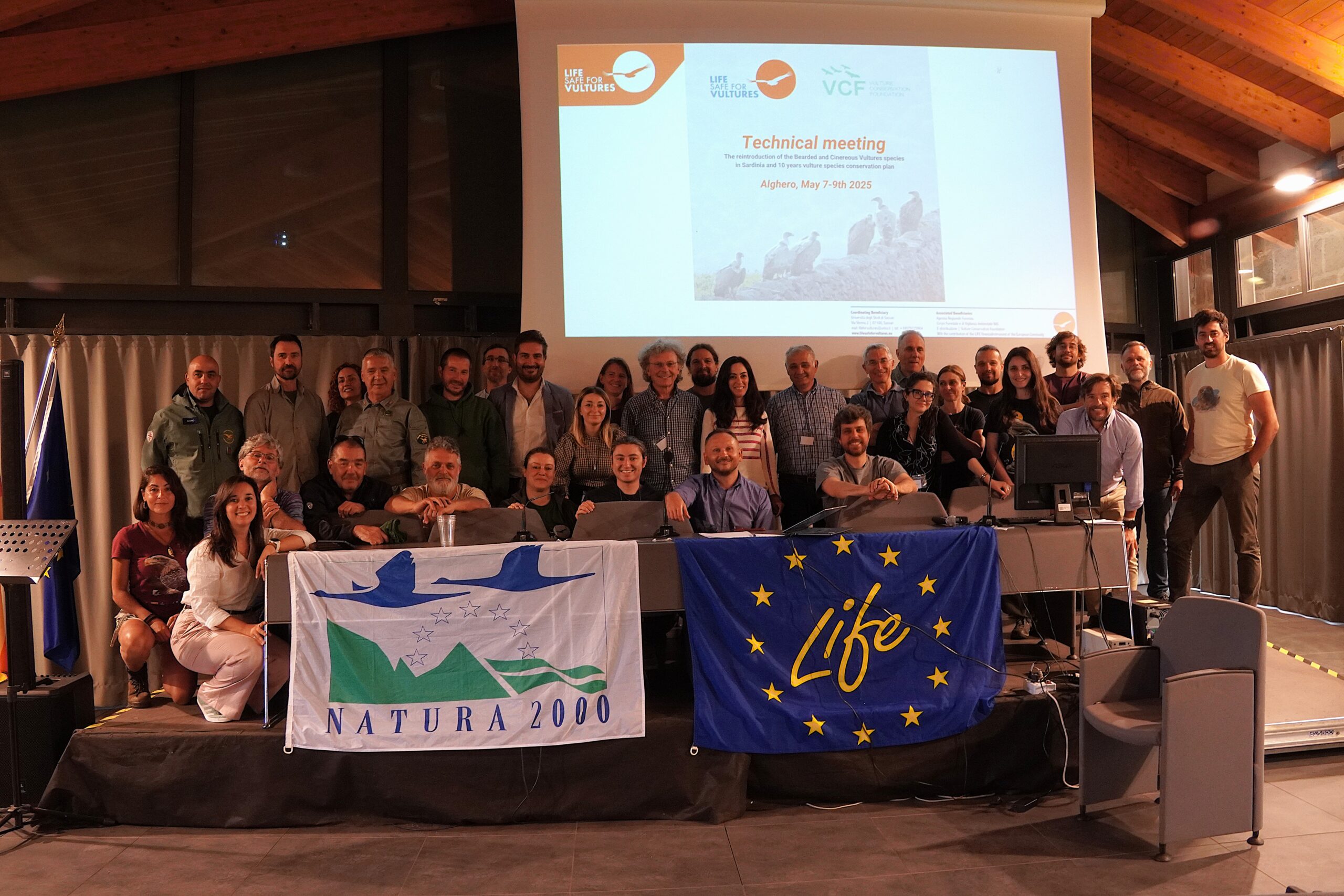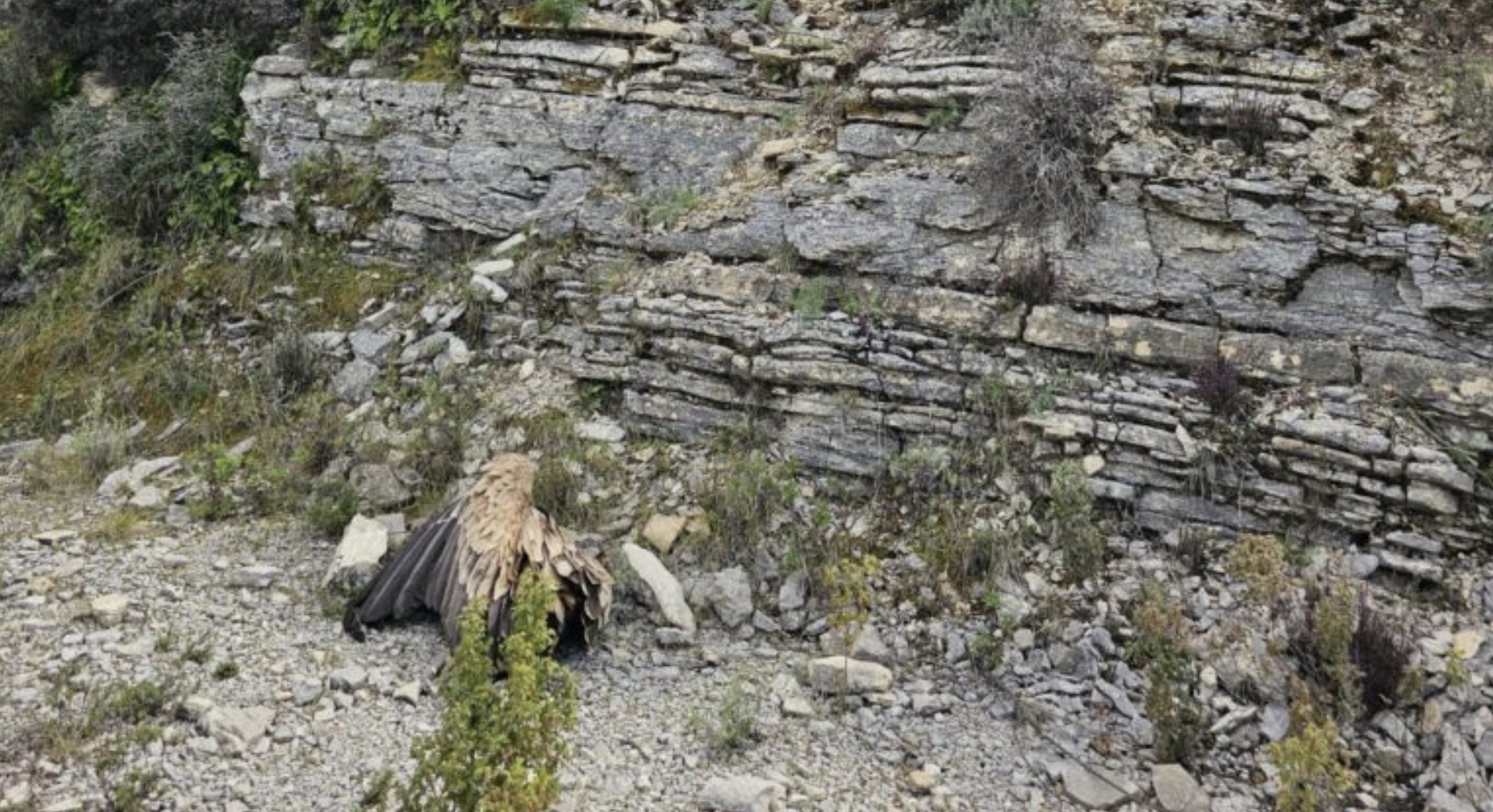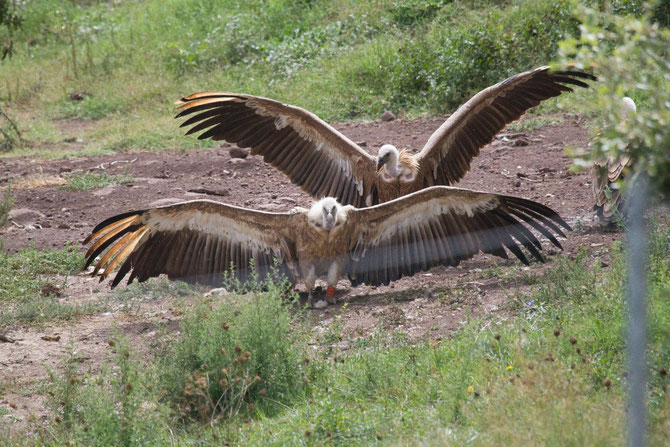
At the beginning of the 20th Century, Sardinia was home to three vulture species — the Bearded, Cinereous and Griffon Vultures. Due to several threats, the vulture populations on the island dramatically declined, and two of the three native species went extinct. Thanks to conservation actions on the island, the locally-threatened Griffon Vulture population is making a recovery, and a new vulture species recently nested on the island, the Egyptian Vulture.
Vulture status at the 20th Century
Sardinia was a ‘vulture land’ at the end of the 19th Century, but as time went by, vulture populations were diminishing. There were about 35 Bearded Vulture pairs, 150 Cinereous Vulture pairs and the Griffon Vulture was ‘very common’ during the beginning of the 20th Century. However, their population further declined. In the 1950s, there were only 5-10 Bearded Vulture pairs remaining, 25-35 Cinereous Vulture pairs and 1000-1400 Griffon Vulture individuals. The vulture population decline was rapidly continuing. The Cinereous Vulture went extinct in 1961, and the Bearded Vulture followed in 1968-69. The Griffon Vulture did not disappear from the island, but its numbers still sufferred, from 1000- 1400 birds in 1945 to 100-140 birds in 1975 and 70-100 in the 2000s.
Reasons for the decline of vultures in Sardinia
Forces behind this dramatic decline were many. The main causes were poaching, collection of eggs, and poisoning. These were accompanied by an increase of disturbance at the breeding sites, and by a gradual decrease of pastoralism, which has led to a reduction in food availability.
The comeback of the Griffon Vulture in Sardinia
More recently, there have been unsuccessful attempts to reintroduce Bearded Vultures and Cinereous Vultures. In contrast, after various restocking and conservation projects, the Griffon Vulture population has increased, from 23 pairs and 70-100 birds in the 2000s to 57 pairs and 230-250 birds in 2019. This outcome was due to several conservation actions targetting the Griffon Vulture, mainly under the recent LIFE Under Griffon Wings project. The measures adopted for the protection of vultures by this project have favoured positive effects on the whole community of scavenging birds, making Sardinia a suitable place for Egyptian Vultures as well. In 2019, an Egyptian Vulture pair appeared in Sardinia and successfully nested for the first-ever time on the island, and this pair bred again sucessfuly this year!
Today, the collection and killing of vultures and the use of poisoned baits are illegal and much freduced in Sardinia, and the environmental situation now seems appropriate for new attempts to restore the rest of the vulture guild. Little by little, Sardinia is becoming again the island of vultures!
